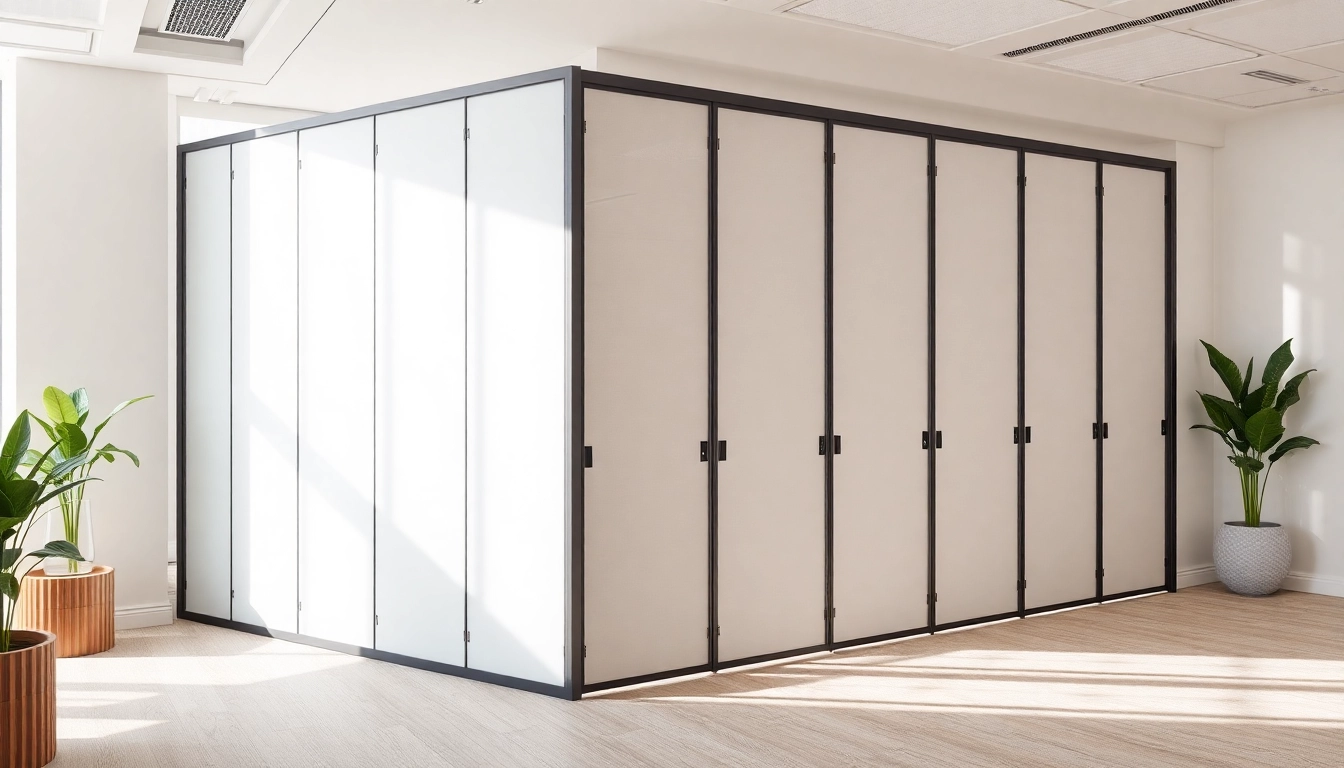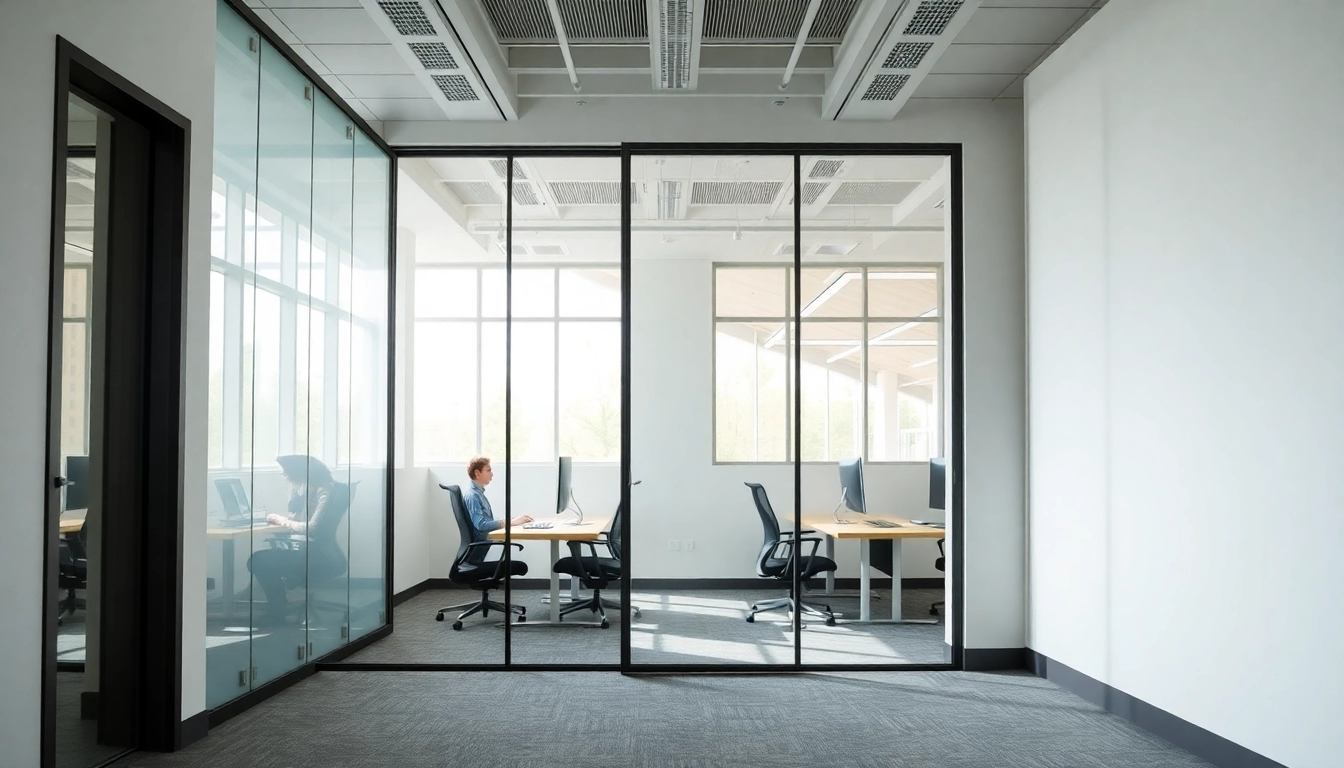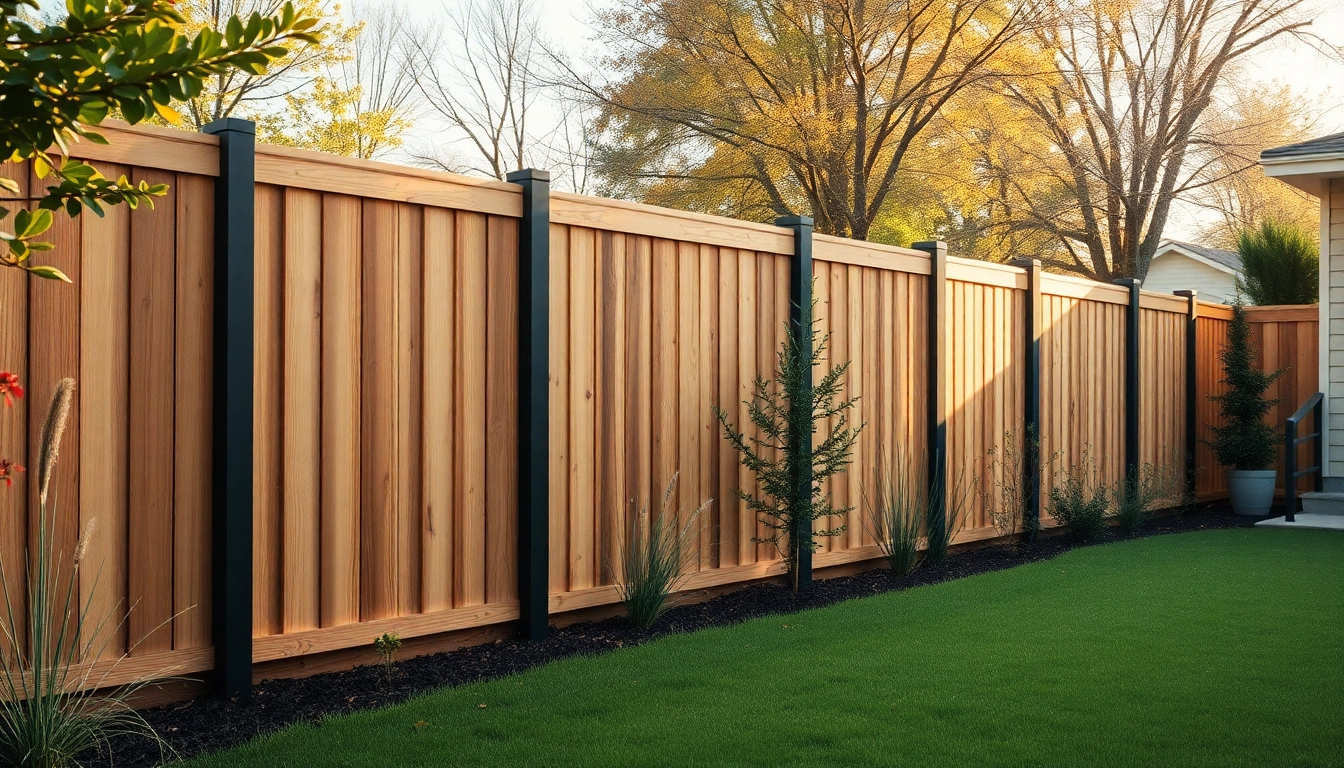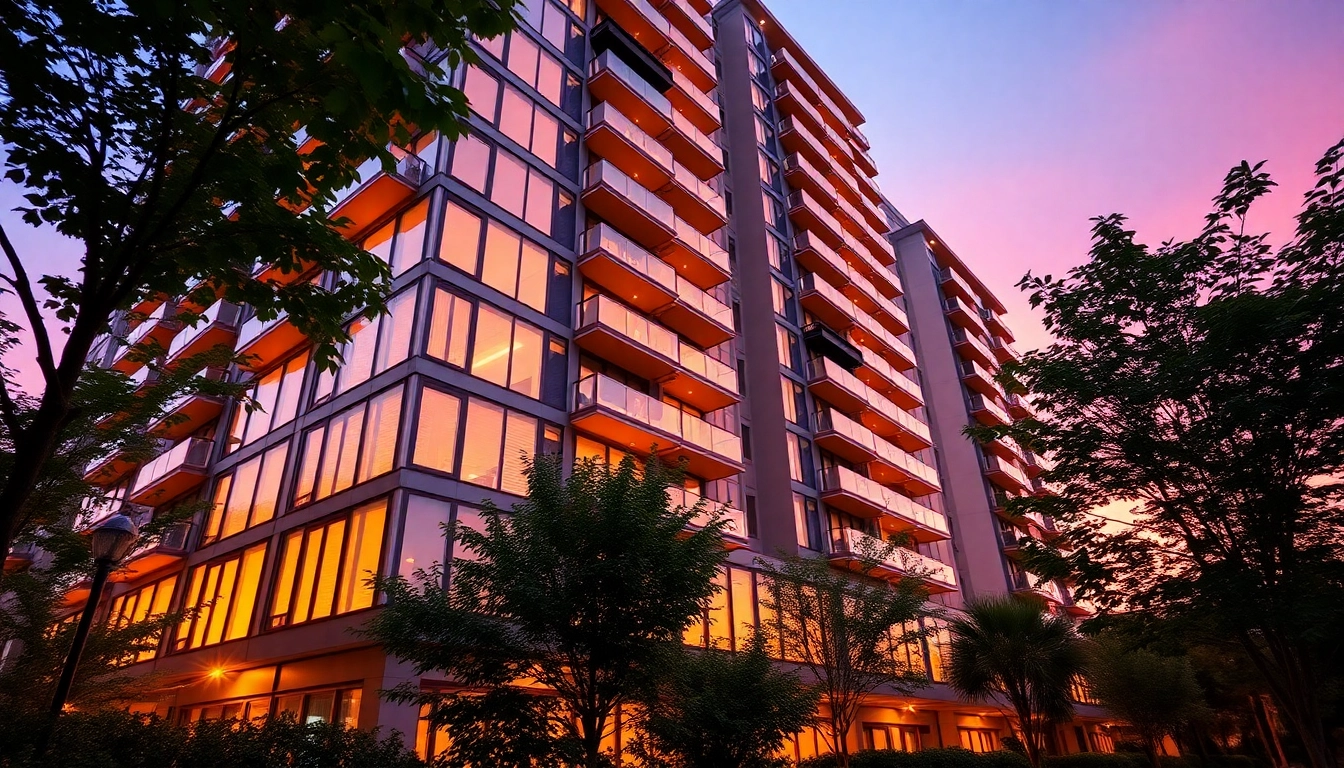Understanding Folding Partition Walls
What are Folding Partition Walls?
Folding partition walls are innovative space management solutions designed to create flexible environments in both residential and commercial settings. These walls consist of multiple panels that can be folded, concertina-style, allowing for easy reconfiguration of a space without the need for permanent structures. Often constructed from lightweight materials such as wood, aluminum, or fabric, these walls are engineered for both functionality and aesthetic appeal. Their versatility is evident in a variety of applications, which makes them a popular choice for modern architecture and interior design.
Key Advantages for Residential Spaces
In residential spaces, the primary advantage of folding partition walls is their ability to optimize space. For instance, a large living area can be divided into smaller, more manageable zones for different activities such as entertainment, work, or relaxation. In urban environments where square footage comes at a premium, these walls enable homeowners to maximize every inch of available space, transforming rooms as needed without extensive renovations.
Additionally, they provide benefits in terms of aesthetics and design flexibility. Homeowners can choose from a range of materials and finishes that complement their existing décor, enhancing the overall look of their home. Furthermore, folding partitions can also improve acoustics, providing privacy for different household activities.
Applications in Commercial Environments
Commercial spaces have increasingly adopted folding partition walls due to their adaptability and efficient use of space. These walls provide businesses with the ability to quickly reconfigure their environments for various functions, be it for meetings, events, or collaborative workspaces. Conference rooms can be enlarged or divided based on event requirements, enhancing functionality without compromising style.
Moreover, folding partitions have significant applications in settings such as schools, hotels, and restaurants, where spaces need to be versatile to accommodate different layouts and functions throughout the day. These environments benefit not only from added functionality but also from improved sound control, allowing for privacy during meetings or dining experiences.
Types of Folding Partition Walls
Material Options for Folding Partition Walls
The materials used in folding partitions significantly influence their performance, durability, and aesthetic appeal. Common materials include:
- Wood: Offers a warm, classic look, ideal for traditional settings.
- Aluminum: Provides a lightweight and durable option, often used in modern designs.
- Glass: Enhances natural light and visibility, perfect for creating an open feel while still providing a division of space.
- Fabric: Available in a wide range of colors and patterns, fabric partitions can be used for acoustics as well as design.
Choosing the appropriate material involves considering factors such as the intended use of the partition, desired sound control, and overall décor of the space.
Design Styles and Aesthetic Choices
Folding partition walls come in various design styles, making them adaptable for different aesthetics. Whether one prefers minimalist, industrial, or classic designs, there is a folding partition solution that can fit seamlessly into the desired theme. Options such as Folding Partition Wall add sophistication with sleek panels and elegant finishes.
Customization possibilities are virtually limitless, with options including different panel sizes, colors, and textures. This enables interior designers and homeowners to harmonize new installations with existing elements, enhancing expressive freedom in space planning.
Acoustic Properties and Sound Control
Sound management is a crucial aspect of space division, particularly in multifaceted environments where noise can be a distraction. Quality folding partition walls are designed with sound-dampening materials that reduce noise transmission, allowing for effective acoustic control. Various manufacturers provide performance metrics for their products, highlighting their efficacy in noise reduction.
The selection of the right folding partition wall can lead to significant improvements in the quality of life and productivity, particularly in office settings or shared living environments. In spaces such as schools or healthcare facilities, maintaining a conducive atmosphere can enhance learning and recovery experiences.
Installation and Maintenance
Steps for Installing a Folding Partition Wall
Installing a folding partition wall requires careful planning and execution to ensure safety and optimal functionality. Key steps include:
- Planning and Measuring: Accurately measure the space and determine the desired height and width of the partition.
- Preparing the Area: Clear the installation area, ensuring there is ample space to maneuver the panels.
- Assembling the Framework: If necessary, construct the structural framework to support the panels.
- Mounting the Panels: Install the first panel and ensure it operates smoothly, then continue with the remaining panels.
- Finishing Touches: Double-check all connections, perform sound dampening tests, and make sure the partitions operate as intended.
Regular Maintenance Tips
To maintain the aesthetic appeal and functionality of folding partition walls, regular maintenance is crucial. Here are some essential tips:
- Cleaning: Regularly wipe down panels with a mild cleaner to remove dust and stains.
- Check Mechanisms: Periodically inspect the folding mechanisms for wear and lubrication to ensure smooth operation.
- Repair Minor Damages: Address minor scratches or dents promptly to maintain the wall’s appearance.
Common Challenges and Solutions
Despite their advantages, folding partition walls can present specific challenges. Common issues include:
- Alignment Problems: If panels do not align, it can hinder operation. Regular checks and adjustments can mitigate this.
- Wear on Mechanisms: Mechanical failure may occur over time. Routine maintenance checks can catch problems early.
- Sound Leakage: Poorly installed partitions might allow sound to transfer. Ensuring correct installation and adding acoustic dampening can remedy this.
Cost Considerations
Budgeting for a Folding Partition Wall
When budgeting for a folding partition wall, it is essential to consider both the initial cost and the associated expenses. Factors that influence pricing include the type of materials chosen, the size of the installation, and any custom design features. Homeowners and businesses should also factor in installation costs, which vary based on the complexity of the setup.
It’s advisable to obtain multiple quotes from suppliers and consider ongoing maintenance costs as part of the overall budget.
Long-term Value and ROI
Investing in a folding partition wall can offer significant long-term value. The flexibility that these structures provide allows for dynamic use of spaces, potentially reducing the need for future remodeling. For businesses, increasing usable square footage without additional lease costs translates to higher ROI. Residential spaces also benefit from improved functionality and resale value.
Comparing with Other Space Solutions
When evaluating folding partition walls against other space solutions like traditional solid walls or temporary dividers, it’s crucial to consider functionality, aesthetics, and portability. While traditional walls may offer permanence, they lack the flexibility of folding partitions.
Temporary solutions can be easily moved but often do not provide the same level of stability or sound insulation. Folding partition walls combine the benefits of both, allowing for a customized and adaptable environment.
Future Trends in Partitioning Solutions
Emerging Technologies in Folding Partition Design
The landscape of folding partition walls is continually evolving with advancements in technology. Innovations such as automated folding systems that can be operated with the touch of a button are becoming more prevalent. Smart sensors that detect movement and ensure safety during operation are also gaining traction, making these walls more user-friendly and efficient.
Sustainable Materials and Practices
With an increasing emphasis on sustainability, manufacturers are sourcing eco-friendly materials and employing greener manufacturing practices. This includes using recycled materials or sustainably harvested wood, as well as incorporating energy-efficient features into the design. As consumers become more environmentally conscious, the demand for sustainable folding partition solutions is likely to grow.
Incorporating Smart Features into Partition Walls
In the battle for efficiency and convenience, integrating smart technology into partition designs is emerging as a key trend. Features such as remote-controlled operation, built-in lighting systems, and smart acoustics control are increasingly integrated into modern folding walls, providing enhanced functionality that responds to user needs.



